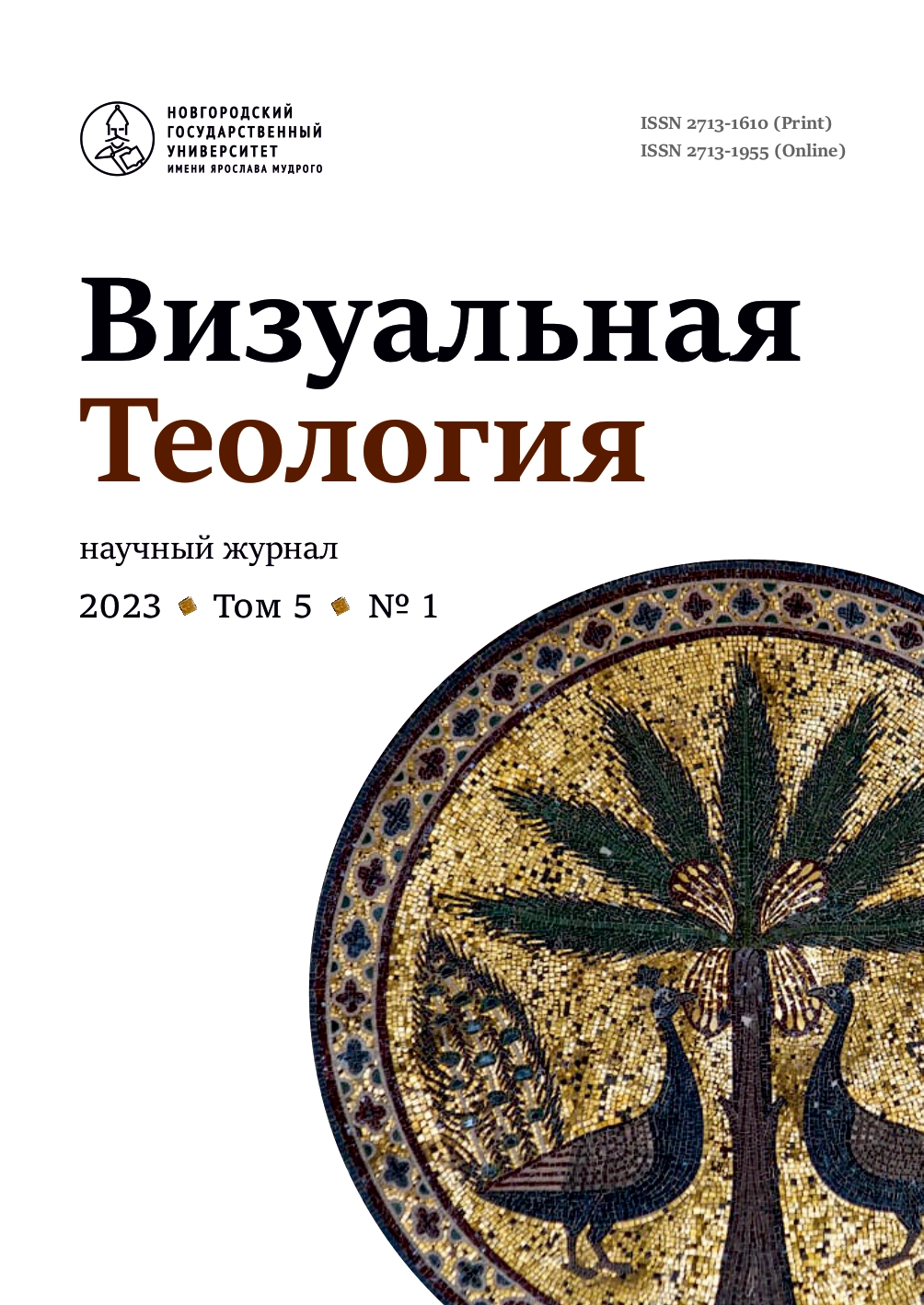Visual thought in modern orthodoxy: Art history as theology
Аннотация
In this paper I will discuss the visual category of “reverse perspective”, i.e., the principle of constructing pictorial space in the icon. I will show that in Russia one of the most basic terms in Western art history, i.e., perspective, was thoroughly reworked, even turned on its head as suggested by the terminology, in order to serve a project of modern Orthodoxy. The main proponent of the theory of “reverse perspective” was Florensky, who in his essay of that title, written in 1919, uses several different definitions of the term. In the first section of the paper, I will mention briefly six such definitions, all of which are still current in contemporary scholarship. In the second and third sections, I will suggest a possible theologically-grounded elaboration of one of Florensky’s ideas of what constitutes “reverse perspective”. According to the interpretation proposed here, “reverse perspective” becomes the visual analogue of two basic Christian dogmas – that of a timelessly eternal God and that of “theosis” or “deification”. In the last section, I will give a short background to the relationship between art history and theology, which lies at the heart of my approach.


